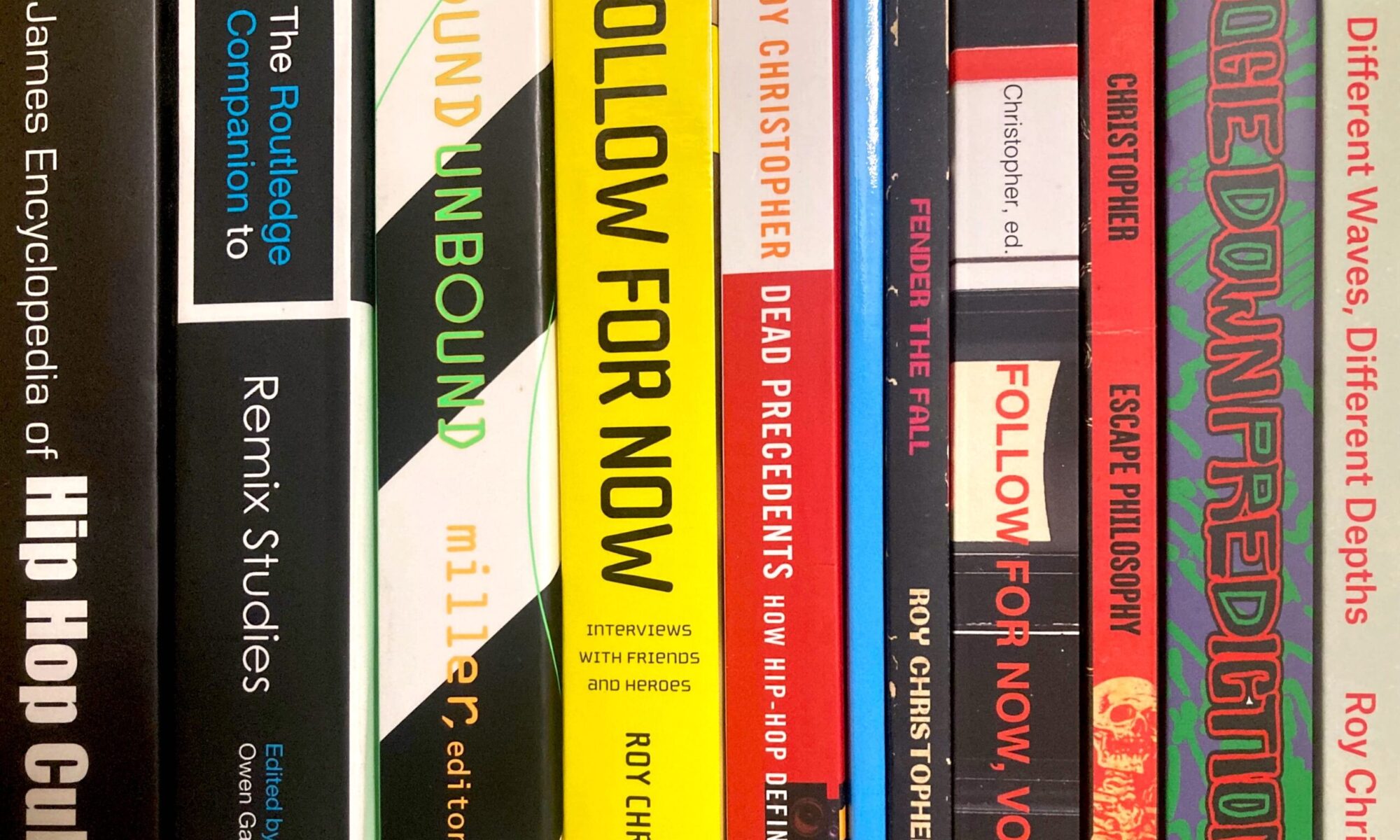 Since its original publication in 1998, Peter Morville and Lou Rosenfeld’s Information Architecture for the World Wide Web — a.k.a. “the polar bear book” — has been the standard text and handbook for information architects. The recently released third edition has been updated and expanded to include the user-driven aspects of Web 2.0 (It covers so much in fact that it could almost be called “the bi-polar bear book”). It also includes Morville’s latest kick, “ambient findability,” the latter of which is also the topic of his latest book of the same name.
Since its original publication in 1998, Peter Morville and Lou Rosenfeld’s Information Architecture for the World Wide Web — a.k.a. “the polar bear book” — has been the standard text and handbook for information architects. The recently released third edition has been updated and expanded to include the user-driven aspects of Web 2.0 (It covers so much in fact that it could almost be called “the bi-polar bear book”). It also includes Morville’s latest kick, “ambient findability,” the latter of which is also the topic of his latest book of the same name.
I asked my friend, colleague, and fellow IA Ryan Lane to help me ask Morville a few questions about his books, the future of information architecture, and IA tools.
Roy Christopher and Ryan Lane: When your first information architecture book came out it was one of only a few books available on the topic. Today there is a sea of growing publications making it harder, even for the well-read IA, to keep up. What are your thoughts about this growth? What topics would you like to see that aren’t being written about yet?
Peter Morville: It has been really exciting to witness and participate in the growth of the IA field, but you’re absolutely right about the overwhelming volume of articles, books, reports, and podcasts. Despite being behind in my reading, I’m already looking forward to a couple of upcoming books: Everything is Miscellaneous by David Weinberger and Alignment Diagrams by Indi Young. I am surprised we haven’t seen a book written from the perspective of an “innie” about the evaluation, evolution, and continuous improvement of an enterprise information architecture. That’s a book I’d like to read.
RC and RL: There seems to be a constant struggle for an IA with new social and community technology that give the organization and taxonomy in the user’s hands. Some of these systems work really well, some do not. What is the best way for IAs to strike a balance between a well thought-out organization and user-generated structure?
PM: For every success story (e.g., Flickr, de.licio.us, Wikipedia) there are countless Web 2.0 failures. The information architecture is an important element, but unless the overall product or experience is exceptional (and well-publicized), the belief that if we build some of it, they will build the rest will prove unfounded. I’ve had the opportunity to work on a couple of Web 2.0 projects, and in both cases there was a natural, elegant bridge between tagging and taxonomy. So I don’t think that striking a balance between traditional and user-generated structures is the hard part.
RL: When are IAs going to be more involved with meta-architecture and web standards?
PM: I know some technical information architects such as Margaret Hanley (formerly of Argus Associates and the BBC) who feel very strongly that IAs should be more involved in XML and Web Standards. I agree. IAs can bring greater insight about users and information seeking behaviors to the development of more useful tools and standards. But that’s not an area that plays to my strengths, so I won’t be leading the charge.
RL: I use Visio a lot due to the fact that we work with Microsoft on a regular basis. I dislike Visio for more reasons than I could possibly list here (my preferences are OmniGraffle and InDesign). What tools are IAs using these days? What are the latest trends in IA software that you have seen? There seems to be a vacuum in the space of IA and taxonomy-specific tools.
PM: I was using Visio long before Microsoft acquired the company, and I’ll probably still be using it long after Google acquires Microsoft. Seriously, I’m a faithful Visio user and haven’t fooled around with the competition. Beyond diagramming, IAs rely on a variety of tools for prototyping, content management, analytics, thesaurus management, and more. We ran a survey last year that produced a nice list of the most popular software products. A couple of tools worth mentioning are Mind Canvas and Intuitect since both were developed by IAs for IAs.
RC: Can you briefly explain your concept of “ambient findability”? From folksonomies to wayfinding, it seems to extend IA into new, less-concrete areas.
PM: My latest book, Ambient Findability, describes an emerging world, at the crossroads of ubiquitous computing and the Internet, in which we can find anyone or anything from anywhere at anytime. My goals in writing it included stretching IA and going beyond IA. It’s a conceptual, big picture book, so (in my opinion) it’s less practical but more interesting than the polar bear book.
RC: Is there anything else that you would like to talk about? What’s next for you?
PM: I’m working on a large IA project with the American Psychological Association and traveling to speak at conferences. I was in Norway recently and am off to Australia next month. My goal is to keep myself busy, so I’m never tempted to write any more books.



